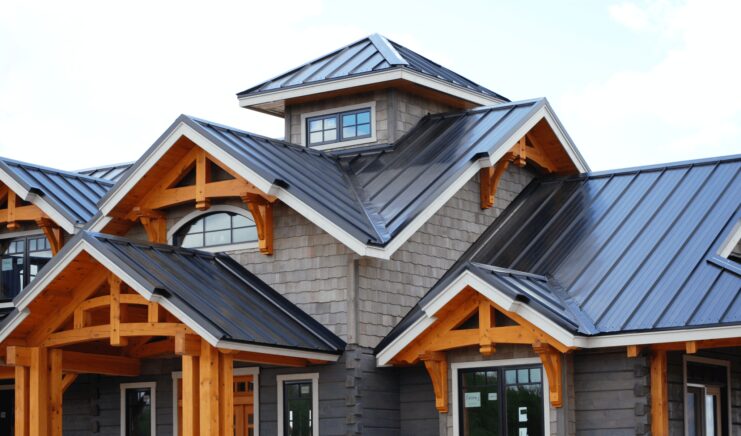Metal roofing represents a significant commitment in both quality and cost for property owners. Grasping the full scope of expenses and adeptly budgeting for a metal roof project are pivotal steps toward a successful upgrade.
Beyond its immediate aesthetic appeal, a metal roof offers commendable durability and energy efficiency, benefits that resonate long-term. However, the financial outlay can be substantial, making it essential for potential buyers to fully understand the cost implications and strategically plan their investment.
Benefits of Choosing a Metal Roof
Opting for a metal roof brings a plethora of advantages, most notably its exceptional longevity and superior energy efficiency. Capable of enduring up to half a century, metal roofs are a testament to durability, significantly outlasting their conventional counterparts.
Their reflective properties contribute to a cooler home environment by deflecting solar radiant heat, which can translate to a reduction in cooling costs by an impressive 10-25%. While the upfront investment may be higher compared to traditional roofing materials, the long-term savings in energy bills, coupled with minimal maintenance requirements, position metal roofing as a cost-effective and sustainable choice.
Types of Metal Roofing Materials
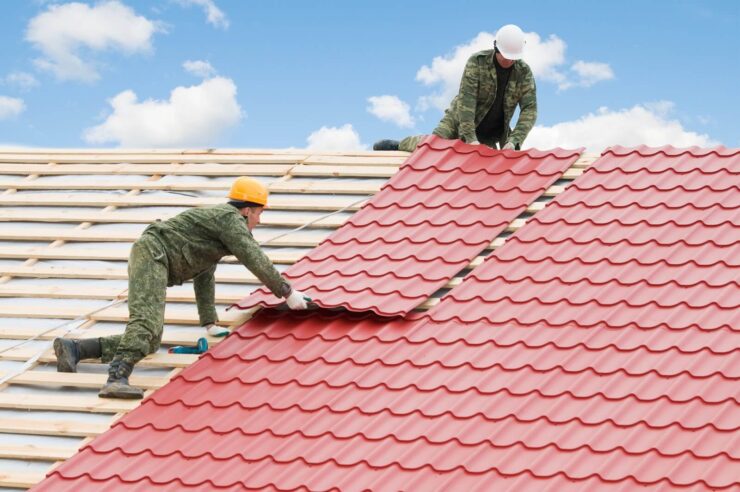
When it comes to metal roofing, the market offers a variety of materials, each bringing its unique set of characteristics and pricing. The most commonly employed materials include steel, aluminum, and copper.
Steel stands as a popular choice due to its sturdiness and cost-effectiveness, often coated with zinc or a zinc-aluminum mixture to enhance corrosion resistance. Aluminum, prized for its lightweight nature and innate resistance to corrosion, is an ideal option for coastal regions.
Copper, on the other end of the spectrum, is highly esteemed for its natural beauty and longevity but commands a premium price. The choice of material significantly impacts the overall cost of the roofing project, not only in terms of the raw material price but also considering longevity, maintenance, and aesthetic appeal.
Roof Size and Complexity
The dimensions and intricacy of your roof are pivotal factors that directly influence the total cost of the project. Generally, roofing costs are calculated per square foot, making the area of your roof a primary determinant of material expenses.
However, the complexity of the roof design cannot be overlooked. Features such as multiple slopes, valleys, dormers, or skylights add to the complexity and, consequently, the labor and material costs.
These architectural details require additional precision and time to properly install the metal roofing, which in turn elevates the overall expense and that’s why you might consider professional help from outlets such as Nitroroofing.
Labor Costs
Labor costs account for a substantial portion of the total expense in a metal roofing project. The expertise and time required to install a metal roof are considerable, and the cost can vary widely based on factors such as the complexity of the roof, the contractor’s experience, and regional labor rates.
Selecting a skilled and reputable roofing contractor is paramount, as a properly installed metal roof significantly reduces the likelihood of future issues, thereby saving on potential repair costs. It’s advisable to obtain multiple quotes and assess each contractor’s credentials and past work.
Roofing Permits and Regulations
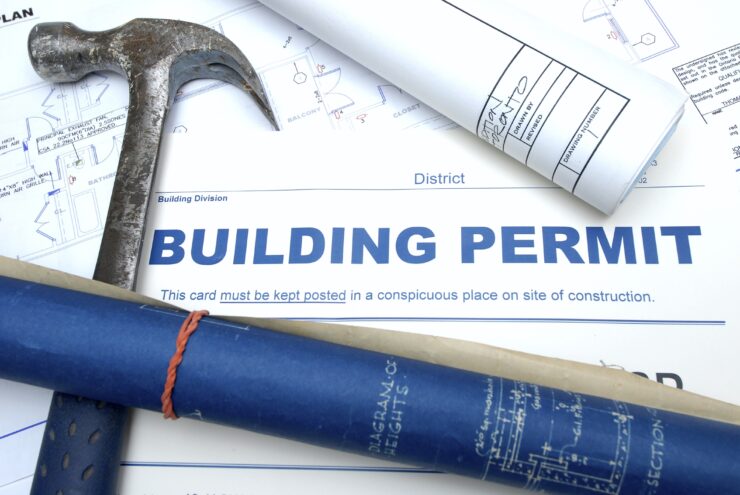
Navigating the realm of roofing permits and local building regulations is a critical aspect of your roofing project. Compliance with local codes not only ensures the structural integrity of your roof but also safeguards you against potential fines or legal issues.
The cost of obtaining permits varies depending on the locality and the scope of the project. Moreover, failure to adhere to regulations can lead to costly penalties or even necessitate modifications to the project, inflating expenses unexpectedly.
Roof Preparation and Repairs
Prior to installing a new metal roof, assessing and preparing the existing roof structure is imperative. This stage may uncover the need for repairs or reinforcements, which can add to the overall cost. Ignoring this step can lead to complications down the line, potentially compromising the integrity of the roof and incurring higher expenses.
It’s crucial to conduct a thorough inspection and address any issues, such as replacing rotted wood or reinforcing the roof to bear the weight of the metal. While this preparatory phase can increase upfront costs, it’s a critical investment in the longevity and performance of your metal roof.
Roofing Accessories and Add-Ons
While the primary focus is often on the roofing material itself, it’s important not to overlook the additional components that complete a roofing system. Items such as flashing, gutters, and insulation are integral to the roof’s functionality and aesthetics.
These accessories, while sometimes perceived as secondary, can have a notable impact on the overall budget. For instance, custom flashing or high-end gutter systems can add significantly to the cost. Similarly, opting for superior insulation can enhance energy efficiency but also increase initial expenses.
Metal Roof Installation Methods
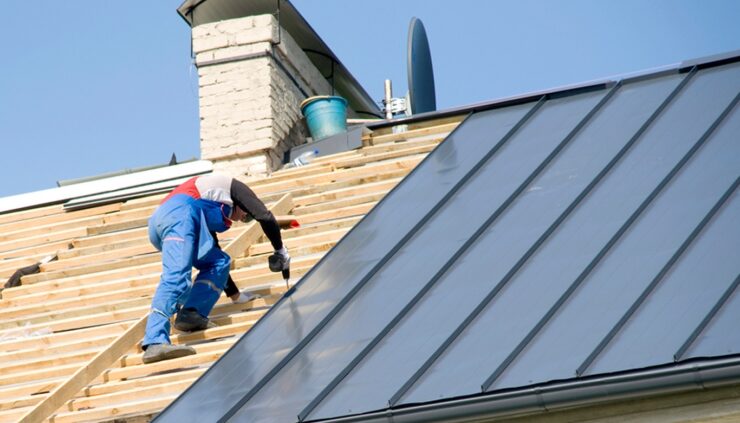
The installation method of your metal roof also plays a pivotal role in determining the project’s total cost. Common techniques include standing seam systems and metal shingles or tiles.
Standing seam roofs, characterized by their raised interlocking seams, offer enhanced durability and weather resistance but typically come at a higher cost due to the complexity of installation.
On the other hand, metal shingles or tiles, designed to mimic traditional roofing materials like wood or slate, provide a different aesthetic appeal and might be more cost-effective in terms of materials and installation.
Maintenance and Long-Term Savings
Investing in a metal roof brings the promise of reduced long-term maintenance costs. Unlike other roofing materials, metal roofs require minimal upkeep, which translates to savings over the roof’s lifespan.
Regular maintenance, such as clearing debris and inspecting for any potential issues, helps preserve the roof’s condition and prevents costly repairs. Additionally, the inherent durability and longevity of metal roofing materials mean fewer replacements in the future, offering substantial long-term savings.
Budgeting Tips
Crafting a comprehensive budget for your metal roof project is a multifaceted process. Start by obtaining detailed quotes from multiple contractors to understand the market rates and services offered.
Don’t forget to include a contingency fund, typically 10-20% of the total budget, to cover unexpected expenses. Exploring financing options, such as loans or manufacturer payment plans, can also provide flexibility.
Lastly, consider the long-term savings associated with a metal roof, such as reduced energy bills and maintenance costs, when evaluating the overall financial commitment.
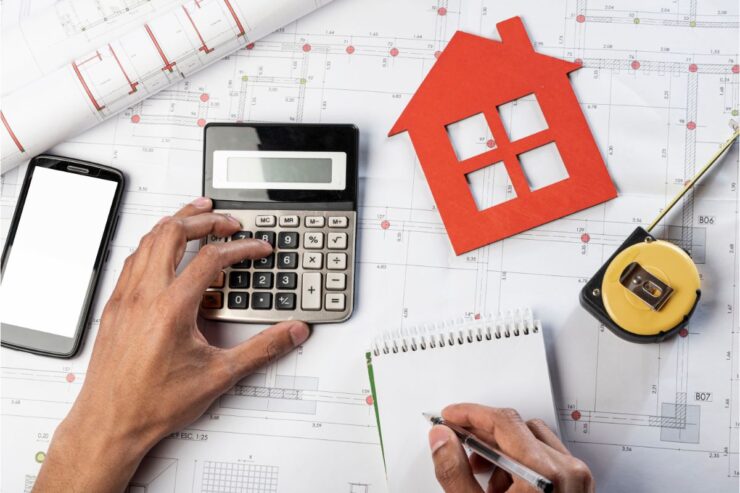
Conclusion
Navigating the costs and budgeting for a metal roof requires a comprehensive understanding of the various factors at play. From choosing the right material to understanding labor costs and installation methods, each aspect significantly influences the overall expense.
By considering long-term savings in maintenance and energy efficiency, homeowners can view the upfront costs as an investment in their property’s future. Meticulous planning, informed decision-making, and adherence to regulations ensure a successful metal roofing project.
Related Posts:
- How to Install Roof Vents: Tips for Efficient Ventilation
- How to Calculate Your Moving Expenses: Tips for a…
- The Hidden Costs of Ignoring Bird Control: Why…
- Understanding EMS Training: Essential Information…
- Ethical And Sustainable Jewelry: Understanding Its…
- Understanding The Technological Requirements for…

